Bird's Nest Fern Care - How To Grow Bird's Nest Fern
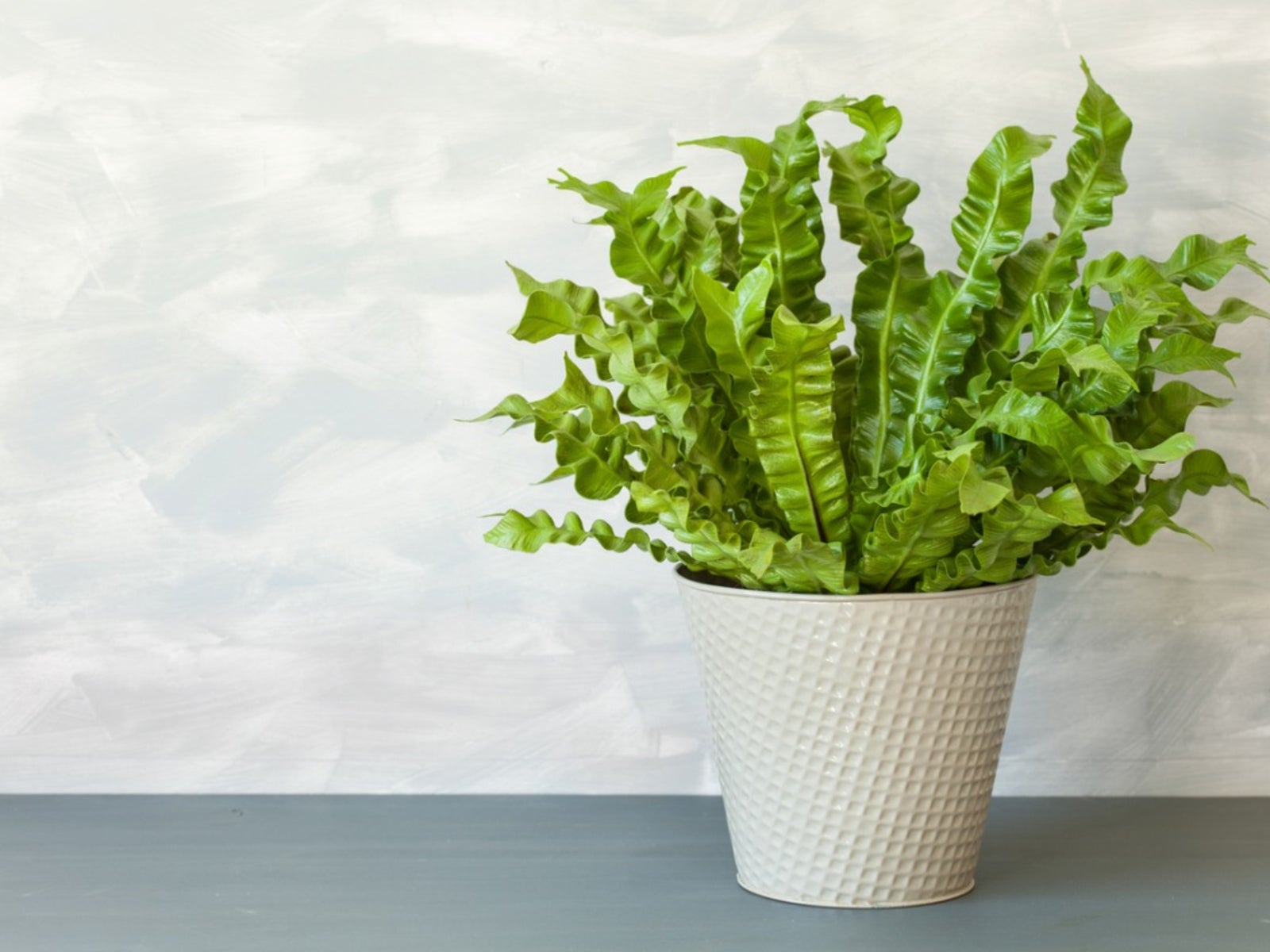

Amy Draiss
When most people think of ferns, they think of feathery, airy fronds, but not all ferns actually look like this. The bird's nest fern is an example of a fern that defies our preconceived ideas of what a fern should look like. Even better is the fact that a bird's nest fern plant makes an excellent low light houseplant.
About the Bird's Nest Fern Plant
The bird's nest fern plant gets its name from the fact that the center of the plant resembles a bird's nest. It is also occasionally called a crow's nest fern. Bird's nest ferns (Asplenium nidus) are identified by their flat, wavy or crinkly fronds. Their appearance can bring to mind a seaweed plant growing on dry land.
Bird's nest fern is an epiphytic fern, which means in the wild it typically grows on other things, like tree trunks or buildings. When you buy it as a houseplant, it will be planted in a container, but it can be affixed to planks and hung on a wall much like staghorn ferns.
How to Grow Bird's Nest Fern
Bird's nest ferns grow best in medium to low indirect light. These ferns are often grown for their crinkly leaves and the light they receive will affect how crinkled the leaves are.
A bird's nest fern that receives more light, for example, will have more crinkled leaves, while one that receives less light will have flatter leaves. Keep in mind that too much light or direct light will cause the fronds on bird's nest fern to yellow and die.
Care for a Bird's Nest Fern
In addition to light, another important aspect of bird's nest fern care is its watering. Under ideal circumstances, all ferns would like to have consistently moist, but not wet, soil.
However, part of the reason that bird's nest fern makes an ideal houseplant is that it will tolerate soil that dries out from time to time. Furthermore, this plant does not require the same level of humidity that many other kinds of ferns need, making the care for a bird's nest fern far more forgiving to the occasionally forgetful houseplant owner than other ferns.
Gardening tips, videos, info and more delivered right to your inbox!
Sign up for the Gardening Know How newsletter today and receive a free copy of our e-book "How to Grow Delicious Tomatoes".
Fertilizer should only be given to the plant two to three times a year. Even then, the fertilizer should only be applied at half strength and should only be given during the spring and summer months. Too much fertilizer will cause deformed leaves with brown or yellow spots or edges.
Now that you know more about how to grow bird's nest fern and how easy these plants are to grow, try giving them a place in your home. They make a wonderful and green addition to the less brightly lit rooms.

Heather Rhoades founded Gardening Know How in 2007. She holds degrees from Cleveland State University and Northern Kentucky University. She is an avid gardener with a passion for community, and is a recipient of the Master Gardeners of Ohio Lifetime Achievement Award.
- Amy DraissDigital Community Manager
-
 4 Superfast Composting Methods: Turn Waste Into Garden Gold In 30 Days Or Less
4 Superfast Composting Methods: Turn Waste Into Garden Gold In 30 Days Or LessTry the fastest composting methods to turbocharge your pile and transform kitchen scraps and garden waste into finished compost in just a few weeks.
By Mary Ellen Ellis
-
 Best Spider Plant Soil – Complete Soil Guide And Expert Tips For Keeping Plants Happy
Best Spider Plant Soil – Complete Soil Guide And Expert Tips For Keeping Plants HappySpider plants are fun and easy plants to grow, but what is the best soil for a spider plant? Selecting the right soil is important so they can thrive.
By Bonnie L. Grant
-
 Best Spider Plant Soil – Complete Soil Guide And Expert Tips For Keeping Plants Happy
Best Spider Plant Soil – Complete Soil Guide And Expert Tips For Keeping Plants HappySpider plants are fun and easy plants to grow, but what is the best soil for a spider plant? Selecting the right soil is important so they can thrive.
By Bonnie L. Grant
-
 Help, My Snake Plant Is Mushy! Advice For Root Rot In Snake Plants
Help, My Snake Plant Is Mushy! Advice For Root Rot In Snake PlantsSnake plants are hardy houseplants, but they can be susceptible to root rot. Learn how to prevent and treat this common snake plant problem.
By Amy Grant
-
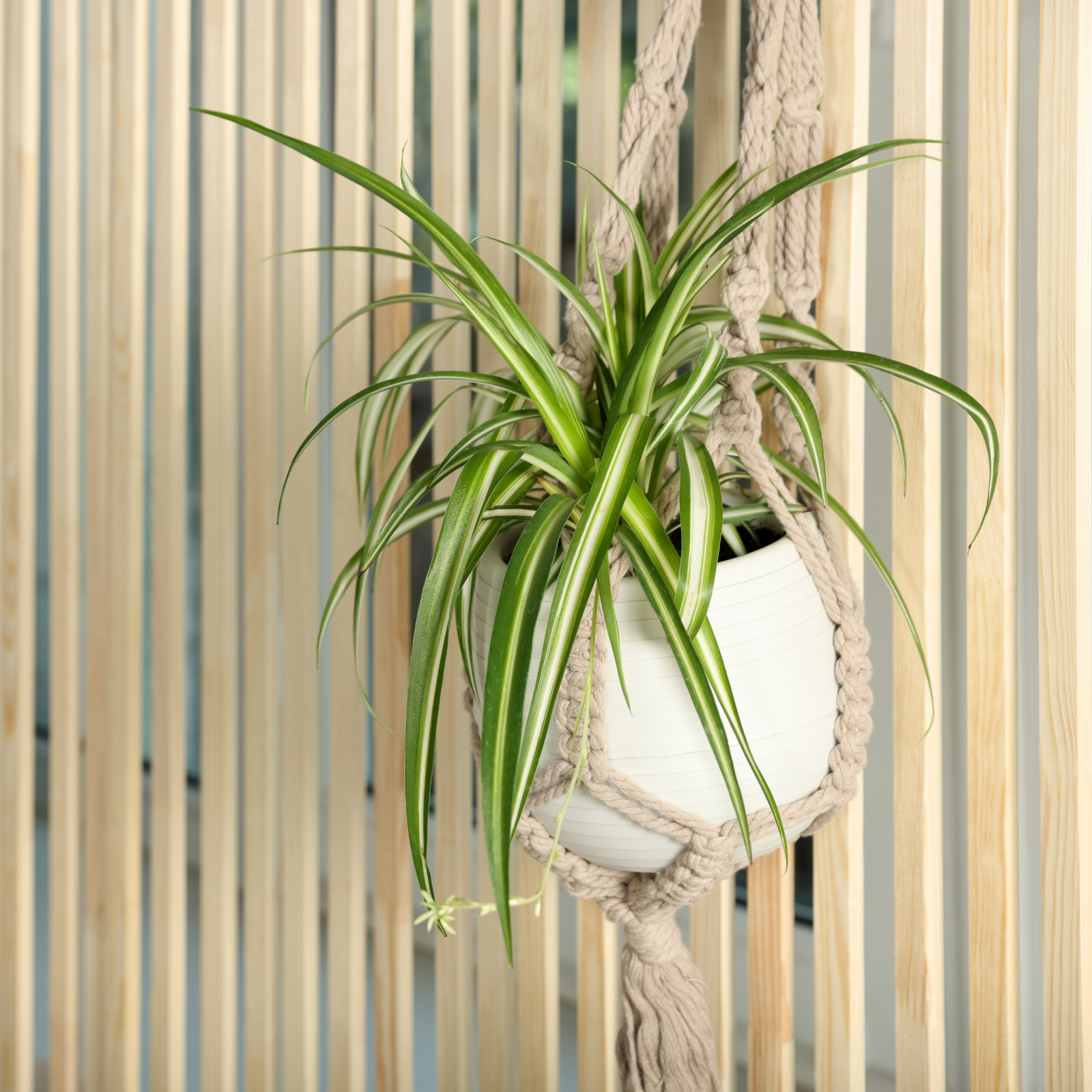 How To Grow A Hanging Spider Plant – For An Elegant Indoor Or Outdoor Display
How To Grow A Hanging Spider Plant – For An Elegant Indoor Or Outdoor DisplayOf all the beautiful baskets we see, the hanging spider plant is probably the easiest to grow. Let your hanging basket spill over with little spider plantlets!
By Teo Spengler
-
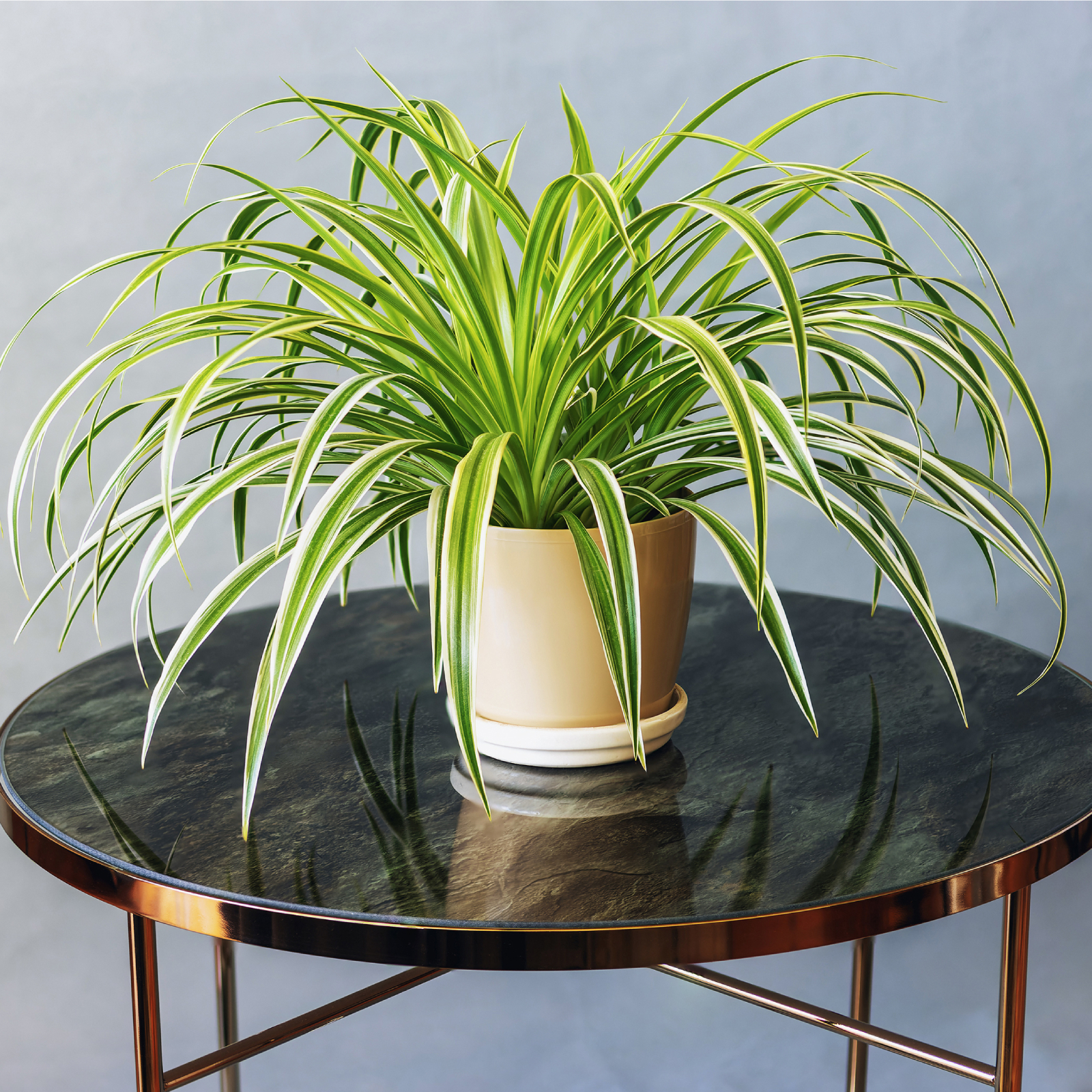 How To Care For A Variegated Spider Plant – Plus, Unique Varieties To Try
How To Care For A Variegated Spider Plant – Plus, Unique Varieties To TryVariegated spider plants and their streaks of green and cream tones bring interest and light to an indoor room, and will elevate your houseplant collection.
By Teo Spengler
-
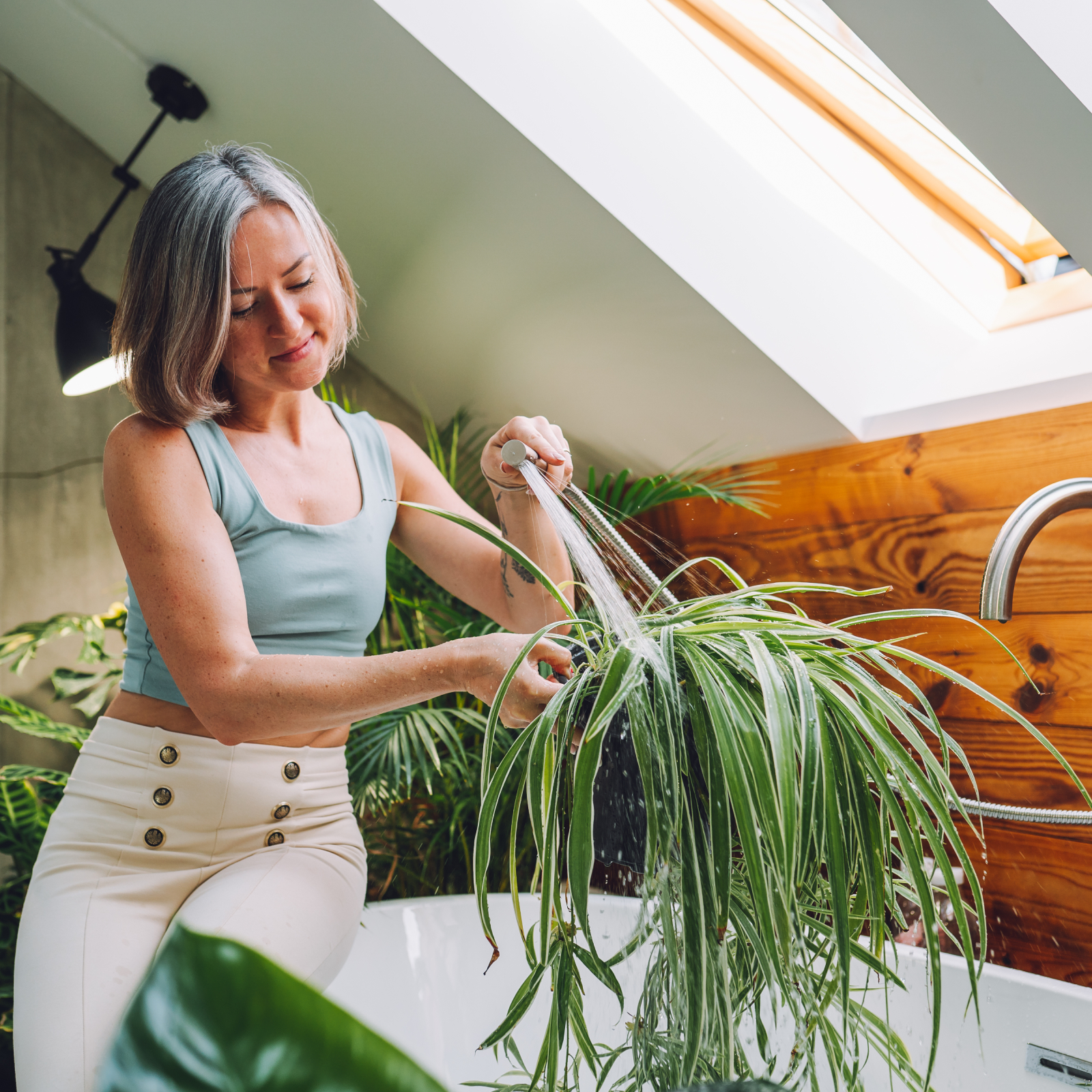 How Often Should You Water A Spider Plant? Tips To Keep Spider Plants Happy And Healthy
How Often Should You Water A Spider Plant? Tips To Keep Spider Plants Happy And HealthySpider plants are hardy and easy to grow, but they do need proper watering to thrive. Read our tips on how often to water your spider plants.
By Amy Grant
-
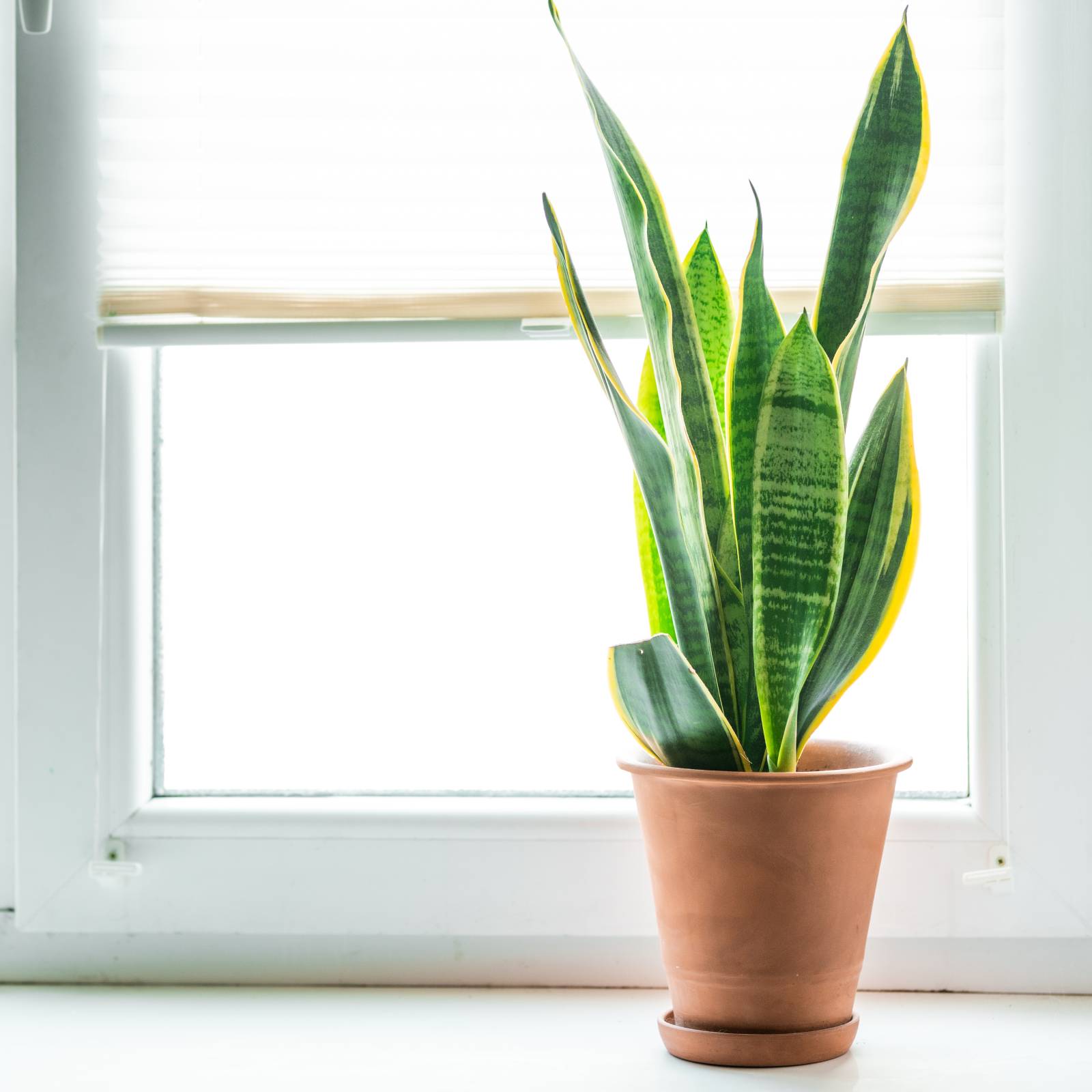 Snake Plant Getting Enough Light? Understanding Light Requirements And How To Adjust
Snake Plant Getting Enough Light? Understanding Light Requirements And How To AdjustSnake plant light requirements aren’t as stringent as for some houseplants, but the right lighting is important for their growth and well-being.
By Tonya Barnett
-
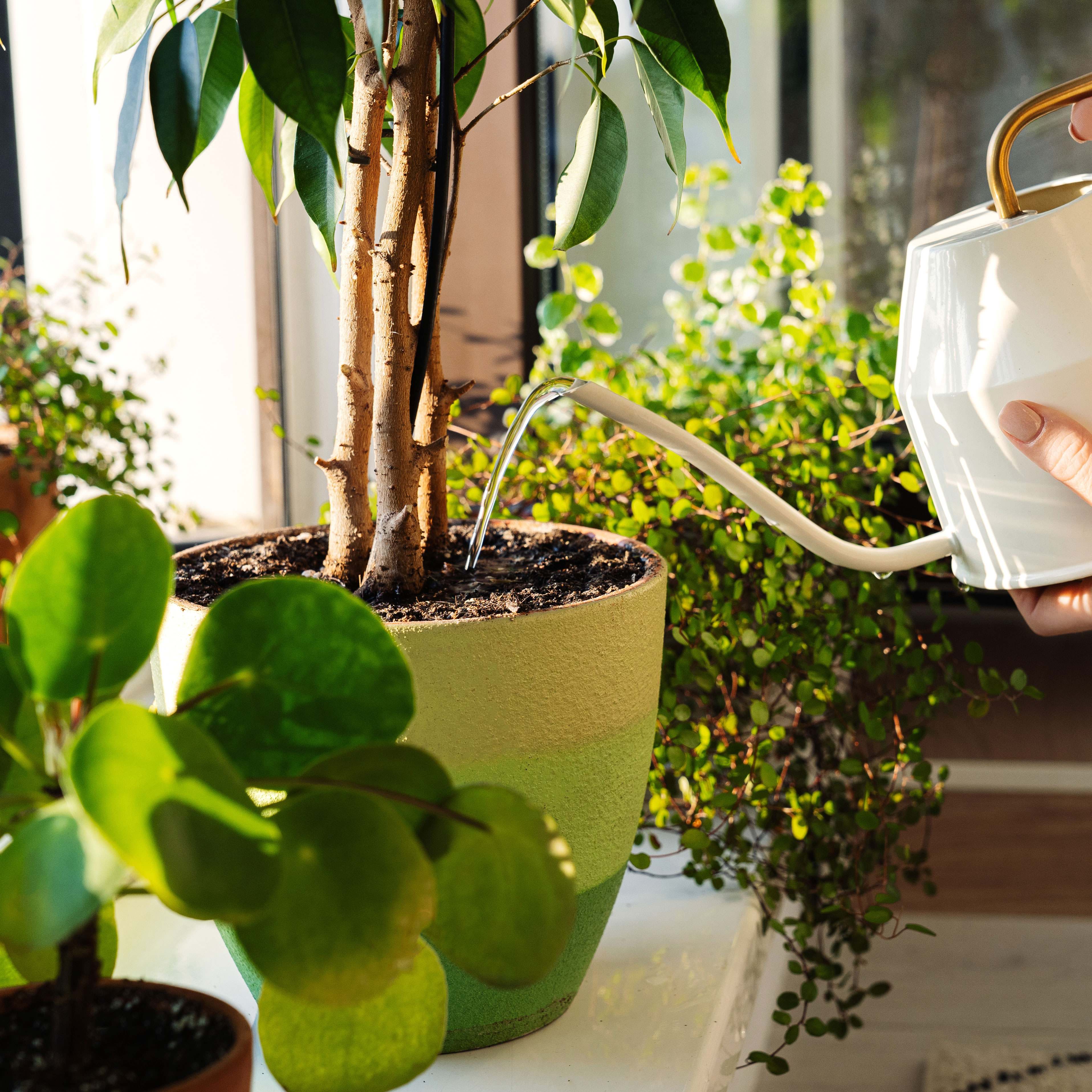 Feeding Houseplants: How And When To Fertilize Indoor Plants Like A Pro!
Feeding Houseplants: How And When To Fertilize Indoor Plants Like A Pro!Container-based houseplants have specific feeding needs over and above plants grown in the ground. Here’s how and when to fertilize indoor plants the right way
By Bonnie L. Grant
-
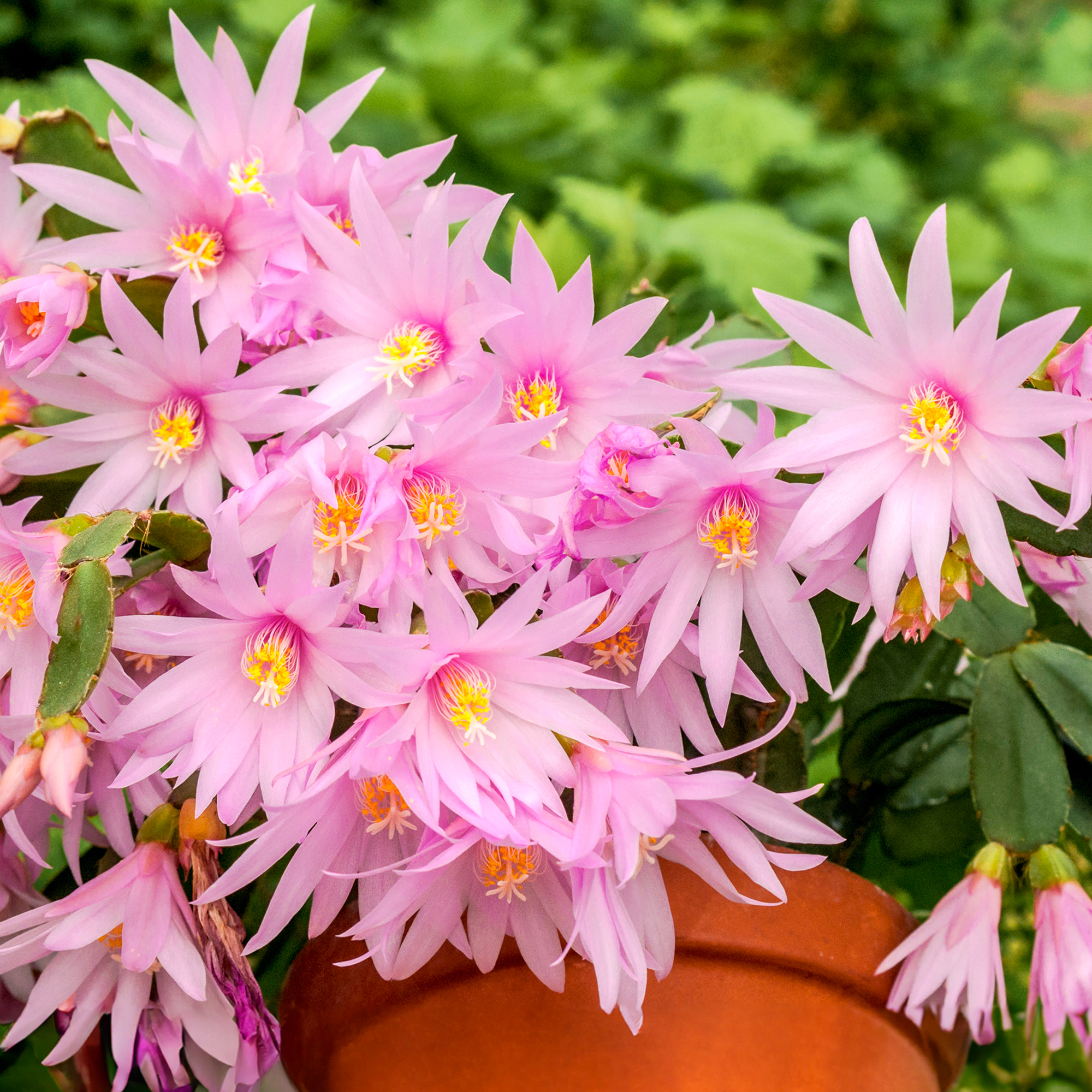 How To Get An Easter Cactus To Bloom Every Year: Expert Tips For Stunning Spring Flowers
How To Get An Easter Cactus To Bloom Every Year: Expert Tips For Stunning Spring FlowersDiscover the secrets to vibrant Easter cactus flowers and follow these key steps to ensure spectacular blooms just in time for spring.
By Melanie Griffiths